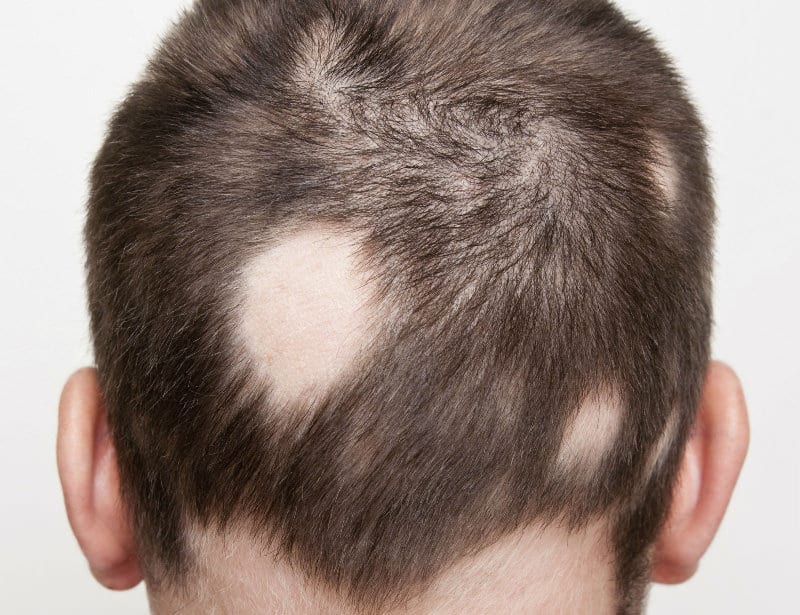Hair thinning and shedding can be distressing, but effective solutions are within reach. In this guide to hair loss treatment Melbourne, we explore expert-endorsed options—from FDA-approved medications and advanced PRP therapies to surgical transplants and recovery timelines.
You’ll discover how precise diagnosis, local specialist insights, and real patient experiences pave the way to fuller, healthier hair. With credible medical sources and Melbourne-tailored advice, this article empowers you to take confident, informed next steps toward lasting results.
Why Hair Loss Happens in Melbourne
Hair loss can be triggered by various internal and environmental factors, many of which are common among residents of Melbourne.
Common Causes of Hair Loss

- Genetics (androgenetic alopecia): The most common cause, affecting both men and women.
- Stress and lifestyle: High-stress jobs, erratic schedules, or poor sleep can disrupt the hair growth cycle.
- Nutritional deficiencies: Iron, zinc, and protein deficiencies can lead to thinning hair.
- Hormonal changes: Especially common during pregnancy, menopause, or thyroid imbalances.
- Hairstyling habits: Tight ponytails, frequent dyeing, or heat tools may lead to traction alopecia.
Local Environmental Factors in Melbourne
- Hard water can affect scalp health and hair shaft strength.
- UV exposure: Intense sun can damage the scalp and weaken follicles.
- Pollution: Urban environments may increase scalp inflammation and clog hair follicles.
How Diagnosis Works (Your First Step)
Accurate diagnosis is essential to determine the most effective treatment plan.
On-Site Assessment Methods
- Scalp examination: A dermatologist examines your hair density, breakage pattern, and scalp health.
- Blood tests: Rule out nutritional deficiencies, thyroid issues, or hormonal imbalances.
- Scalp biopsy: For complex or severe cases, a small sample is analyzed microscopically.
Non-Surgical Treatments Available in Melbourne
Topical & Oral Medications
- Minoxidil (Rogaine): A topical solution that stimulates follicle activity.
- Finasteride (Propecia): A prescription oral medication for male-pattern hair loss.
- Spironolactone: Common for female hair loss linked to hormonal imbalances.
- Ritlecitinib: A new FDA-approved drug showing promise for alopecia areata.

Note: These treatments may take 3–6 months to show visible improvement.
Platelet-Rich Plasma (PRP) & Growth-Factor Injections
- PRP involves drawing your blood, concentrating the platelets, and injecting them into the scalp.
- Enhances blood flow, strengthens follicles, and promotes regrowth.
- Typically done in 3 sessions, spaced 4–6 weeks apart.
Low-Level Laser Therapy (LLLT)
- Red light stimulates follicular activity.
- Used via laser caps or in-clinic devices.
- Best for early-stage thinning or as a complementary treatment.
Scalp Micropigmentation (SMP)
- A cosmetic tattoo technique that gives the illusion of denser hair.
- Suitable for those with patchy bald spots or thinning.
Alternative & Supplement Options
- Biotin, zinc, saw palmetto: Commonly used supplements, though evidence is mixed.
- Rosemary oil or caffeine shampoos: May support scalp health, but not a standalone fix.
Surgical and Advanced Solutions
FUE vs FUT vs SmartGraft
| Technique | Key Benefits | Downtime |
|---|---|---|
| FUE | Minimally invasive, no linear scar | 5–7 days |
| FUT (Strip) | Cost-effective, more grafts in one go | 10–14 days |
| SmartGraft | Automated FUE, precision technology | 5–6 days |

- FUE is the most popular option in Melbourne due to less visible scarring.
- SmartGraft offers quicker procedures with better follicle survival.
When Is Surgery Right for You?
- When non-surgical options no longer work.
- If you have stable hair loss and enough donor hair.
- After a thorough consultation with a hair transplant surgeon.
Recovery & Aftercare Advice
When Can I Exercise or Sweat After PRP or Transplant?
- PRP: Light activity after 24 hours, avoid sweating for 48–72 hours.
- Hair transplant: Avoid intense exercise, saunas, and sweating for 10–14 days.
Safe Recovery Timeline
- Days 1–3: Redness, swelling — keep scalp clean, no touching.
- Days 4–7: Scabs form — avoid scratching.
- Week 2+: Shedding phase begins (normal).
- Months 3–6: New hair starts to grow.
Red Flags to Watch For
- Excessive bleeding or infection
- Prolonged itching or swelling
- Sudden loss of transplanted grafts after 2 weeks
Melbourne-Specific Resources
Top Hair Loss Clinics & Dermatologists
- Sinclair Dermatology (East Melbourne)
- Enrich Clinic (Armadale)
- Melbourne Hair Transplant (Brunswick)
- Bioscor International (CBD)
Local Support Groups & Financing
- Alopecia Australia: Community resources, events
- Clinics offering interest-free installment plans or private health rebates
FAQs
What are the side effects of minoxidil or finasteride?
Minoxidil can cause irritation; finasteride may lead to reduced libido or hormonal imbalance in rare cases.
When will I see PRP results?
Typically, within 3–6 months, with gradual thickening and regrowth.
Is LLLT worth the investment?
Evidence is mixed; it’s most effective when used with other treatments.
How much does treatment cost in Melbourne?
PRP: $300–$600/session
FUE: $4,000–$12,000
SMP: $1,000–$3,000
How do I choose the right clinic?
Look for board-certified dermatologists or surgeons with before/after galleries and transparent pricing.
Take your Next Step
Ready to reclaim your confidence?
Book a consultation with a trusted Melbourne hair restoration expert and discover a treatment plan tailored just for you. Whether you’re exploring PRP, hair transplant surgery, or medical therapy, the path to regrowth starts with a single step.
